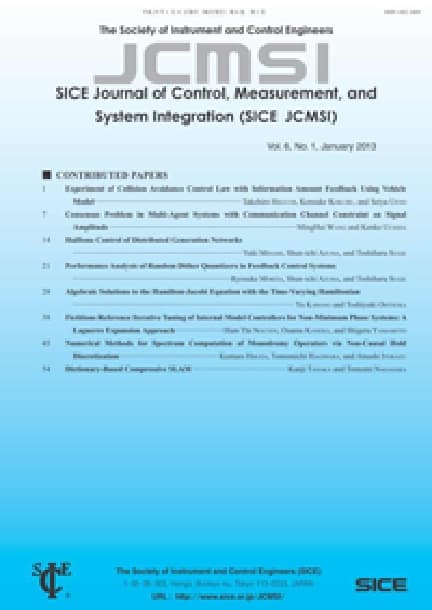Framework Based on Relationship to Describe Non-Hierarchical, Boundaryless and Multi-Perspective Phenomena
Tetsuya MAESHIRO
pp. 381-389
DOI:
10.9746/jcmsi.11.381Abstract
Describing phenomena of interest as a system is valuable because system science methodologies are applicable for the analysis. This paper presents a model to describe and analyze phenomena which present (1) no definable boundaries, (2) multiple hierarchical levels, and (3) necessity of diverse viewpoints to understand the phenomena. The proposed framework, the hypernetwork model, is applied to describe the lifestyle disease and the music composition process. The hypernetwork model homogenizes boundaries, hierarchical levels, and different viewpoints to be treated as instances of relationship.
Readers Who Read This Article Also Read
SICE Journal of Control, Measurement, and System Integration Vol.11(2018), No.2
SICE Journal of Control, Measurement, and System Integration Vol.11(2018), No.2
SICE Journal of Control, Measurement, and System Integration Vol.11(2018), No.4









